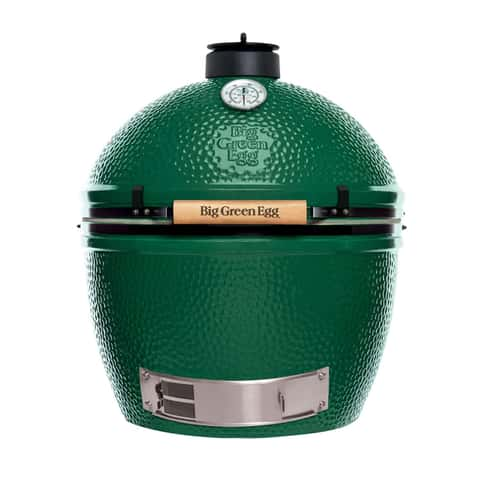How Neosporin Can Help Prevent Infection in Your Dog’s Minor Wounds
When your dog gets a minor cut, scrape, or abrasion, it is natural to want to do everything possible to help it heal quickly and avoid complications. One of the best ways to protect these minor wounds is by using a topical antibiotic ointment like Neosporin. Neosporin, widely recognized for its effectiveness in humans, can also play a crucial role in preventing infections in your dog’s minor wounds, promoting faster healing and reducing discomfort. Dogs are often more prone to skin injuries because of their active lifestyles, exposure to rough terrain, or playful interactions with other animals. These small wounds, if left untreated or exposed to bacteria, can easily become infected, leading to more serious health concerns that may require veterinary intervention. Neosporin contains a combination of antibiotics typically bacitracin, neomycin, and polymyxin B that work synergistically to inhibit the growth of bacteria on the skin surface. When applied to a clean wound, Neosporin forms a protective barrier that not only prevents harmful bacteria from invading the wound site but also helps to keep the area moist, which is beneficial for the natural healing process.

One of the primary reasons Neosporin for dogs is so useful for minor dog wounds is its ability to address common bacteria that might cause infection. Dogs, due to their environment and habits such as licking wounds or digging outdoors, are exposed to a variety of microbes. The antibiotic components in Neosporin target these bacteria effectively, reducing the risk that an open wound will develop redness, swelling, pus, or other signs of infection. In addition, by preventing infection, Neosporin helps minimize pain and inflammation, which can improve your dog’s comfort and reduce the urge to lick or chew the wound excessively a behavior that often delays healing and can worsen the injury. Dry the area carefully to avoid further irritation. Apply a thin layer of Neosporin to the wound, taking care not to use too much, which could attract dirt or encourage your dog to lick the area more vigorously. It is a good idea to prevent your dog from licking the treated site right after application, as swallowing Neosporin is generally not harmful in small amounts but is not ideal. In some cases, a cone collar or protective bandage might be needed to keep your pet from disturbing the wound during healing.
While Neosporin is beneficial for minor wounds, it is important to recognize when professional veterinary care is needed. If the wound is deep, bleeding excessively, or showing signs of infection despite treatment such as increased swelling, redness, discharge, foul odor, or your dog exhibiting signs of pain or lethargy it is essential to consult a veterinarian immediately. Additionally, if your dog has allergies or sensitive skin, test a small amount of Neosporin on an unaffected area to ensure there is no adverse reaction before applying it to a wound. Neosporin can be an effective and convenient way to help prevent infections in your dog’s minor wounds. By providing a protective antibacterial barrier and aiding the healing process, it helps reduce the risk of complications and promotes quicker recovery. When used properly, Neosporin is a valuable part of your dog’s first aid care, helping your furry friend bounce back from small injuries safely and comfortably. Always remember to monitor wounds closely and seek veterinary advice if you notice any signs of worsening condition.












